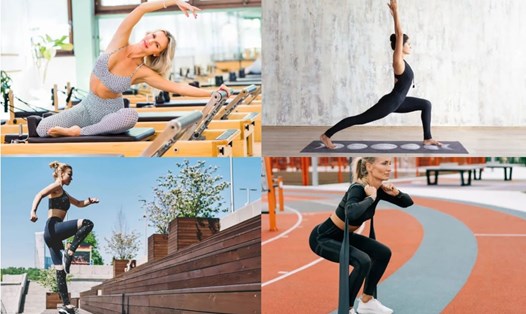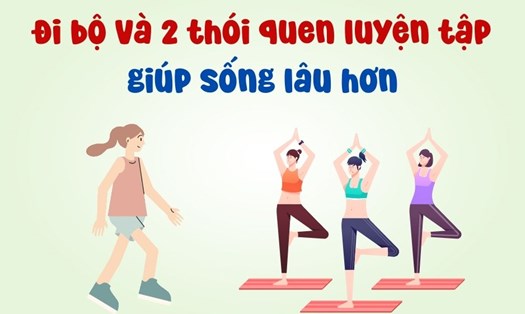Exercise is essential for good health, especially after the age of 50. It helps maintain muscle mass, boosts metabolism, improves bone health, enhances balance and stability. At the same time, it strengthens joint health, improves overall functional mobility, and contributes to longevity.
However, some common workout mistakes can completely derail your overall fitness efforts or cause injury.
Skip warm-up and cool-down
As you age, your joints and muscles need more time to warm up and recover. Skipping warm-ups and cool-downs can increase your risk of sprains, strains, soreness, and injuries.
Always start your workout with at least 5-10 minutes of light cardio to warm up your body. Follow this with a foam roller to massage the muscles you are about to work. Finish your warm-up with dynamic stretches.
Finish your workout with 5-10 minutes of stretching, light cardio, and massage to increase flexibility and reduce soreness.
Lifting weights that are too heavy for your body to handle
As you get older, lifting heavy weights without proper preparation is a major risk factor for injury. Start with lighter weights and higher repetitions to ensure technique and form. Then gradually increase the weight and decrease the repetitions as you get stronger.
Inconsistent
Your muscles need regular stimulation to grow. Consistent training and consistency are key to achieving any goal.
Incorrect form and technique
Incorrect technique can lead to injury, especially in exercises like squats and deadlifts. Focus on perfecting your form without using weights. Then, move on to lighter weights and do more reps. You can also practice in front of a mirror or record yourself to check your form.
Focus only on strength training
Strength training is important as you age. However, flexibility, balance, and mobility exercises should not be neglected as they can cause muscle imbalances. After age 50, these exercises become even more important to prevent falls and improve overall movement quality.
Do these exercises to improve balance, such as single-leg balances and working on unstable surfaces. Incorporate mobility exercises such as stretching to protect joint health.
At the same time, perform exercises that improve core stability and functional movements, helping you perform daily activities well.











